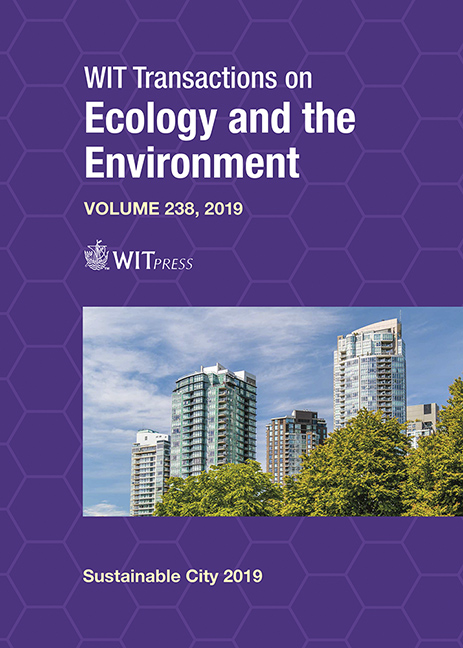REGENERATION OF POST-WAR HOUSING ESTATES AND THE USE OF AGENT-BASED MODELLING
Price
Free (open access)
Transaction
Volume
238
Pages
11
Page Range
469 - 479
Published
2019
Paper DOI
10.2495/SC190411
Copyright
WIT Press
Author(s)
SZYMON MIESZKOWSKI
Abstract
Large housing estates are inseparable elements of the landscape of every Central European city and, although the predicted formation of enclaves of poverty and social exclusion has not materialised, their future does not look bright. The first post-war housing estates are inevitably approaching the end of their intended life span and, unfortunately, thus far a method to extensively test and monitor these housing estates has not yet been established. Currently, attention is focused purely on analysing the technical condition of the buildings, while the most important issue, that is, their present and future residents, is ignored. Collecting the necessary data on large residential estates is the first, extremely important step towards understanding the processes taking place in European cities. Thanks to agentbased modelling, which utilises both the decision-making and the uniqueness of individuals and households, a detailed analysis of bottom-up processes that occur naturally in the local community is possible. Using one of the Polish housing estates, Popowice in Wrocław, as an example, available statistical data was systematised and simulations were carried out to predict the natural, spontaneous development of the estate. The simulations reflect the dynamics of the bottom-up processes within the local population that have a direct impact on the scale of migration, as well as the socio-demographic polarization of the local community. Intentionally, the top-down approach has not been implemented in order to allow identification and analysis of self-modifying changes. In this simulation, trends are sought only based on the autonomy of individual people. The need to make a precise diagnosis and establish guidelines for revitalization plays a key role in the management of urban space. Strengthening the desirable, and limiting the negative processes can play a crucial role in the guideline-setting process, ultimately enabling an optimal model for the revitalization of large housing estates to be created.
Keywords
agent-based model, complex systems, large housing estates, urban regeneration, sociodemographic polarization





